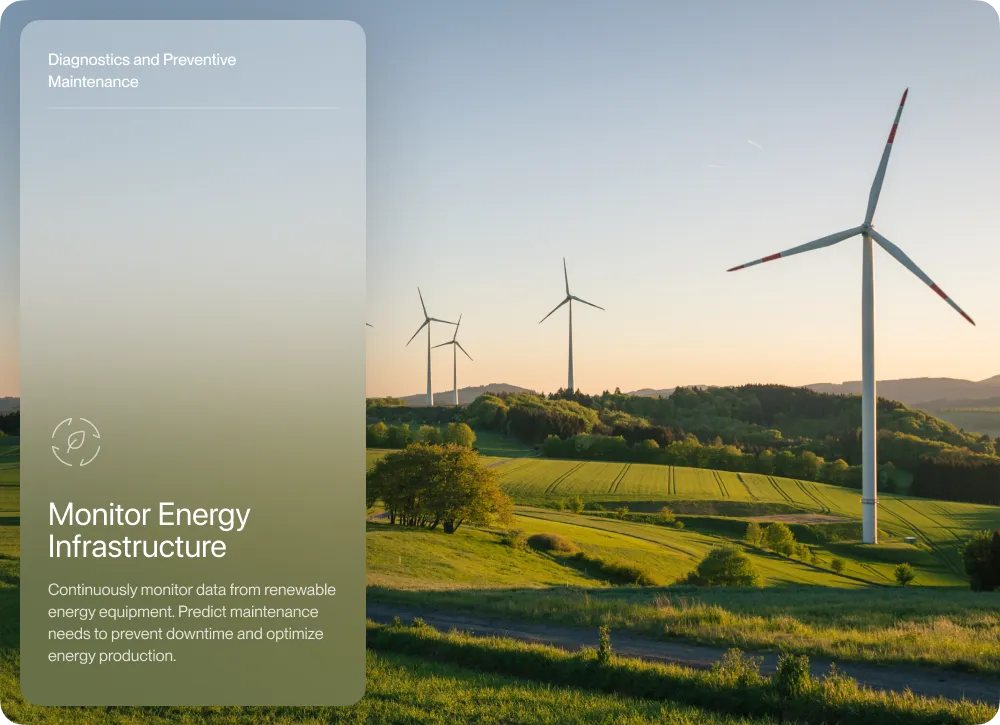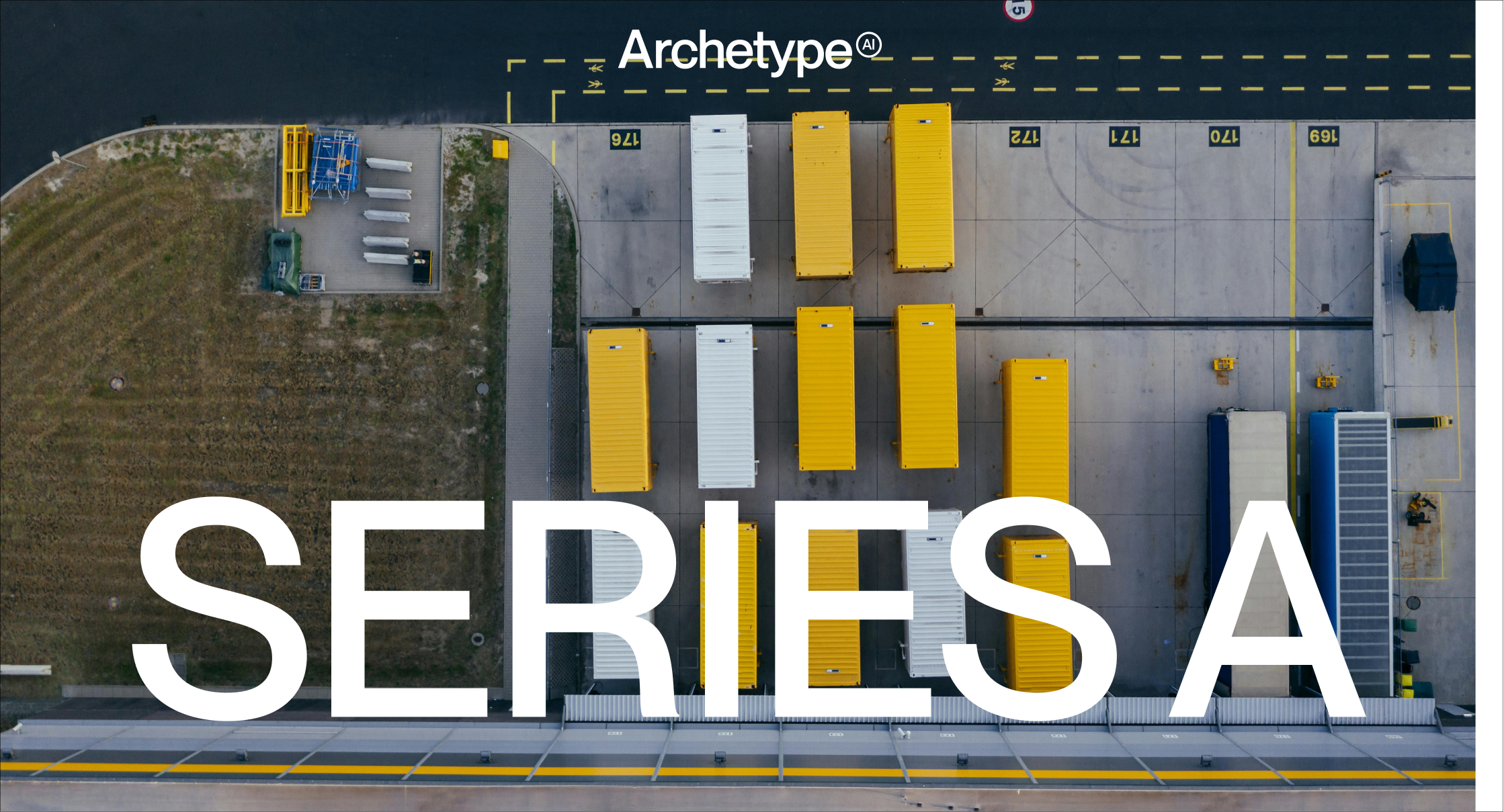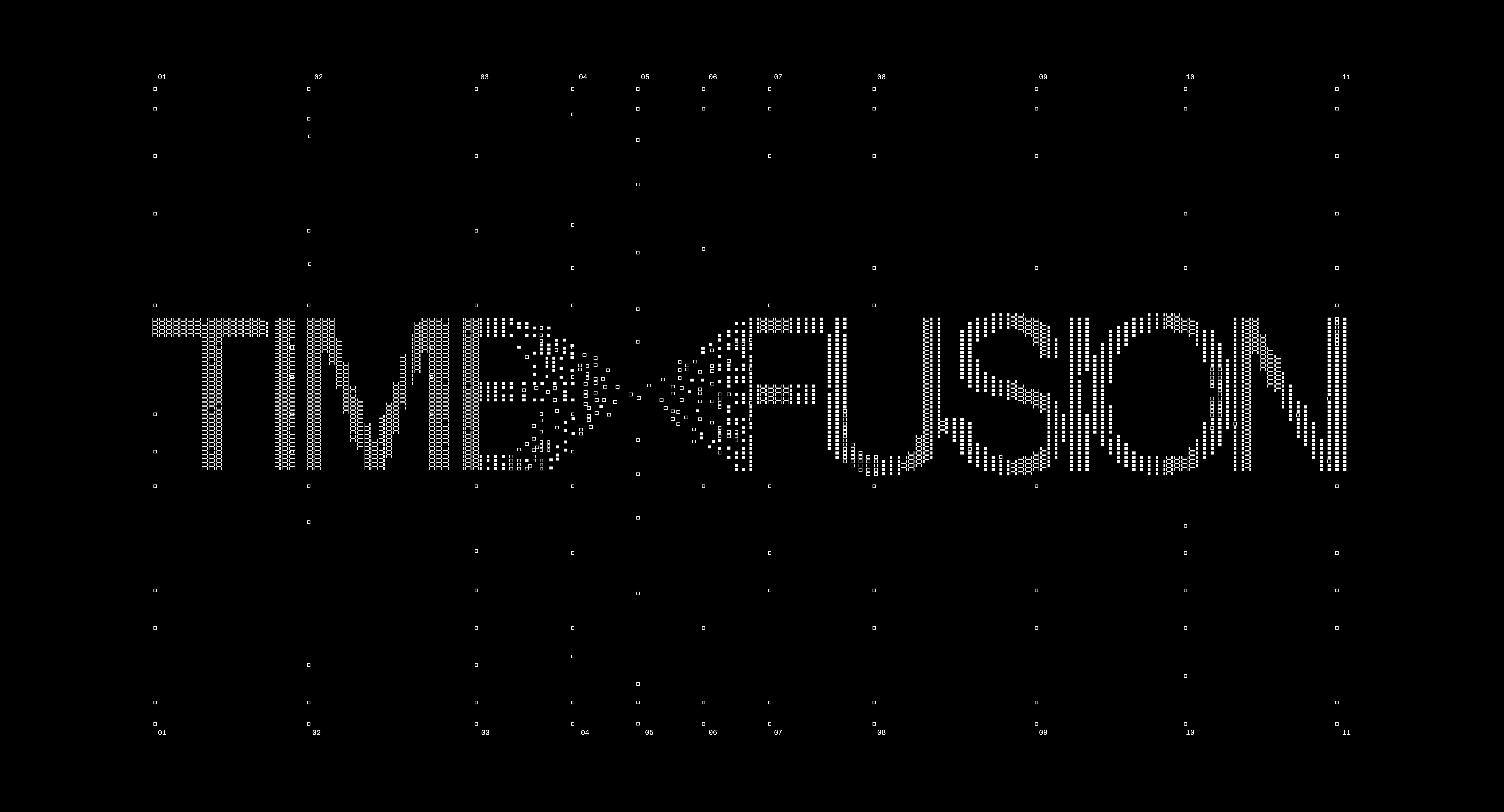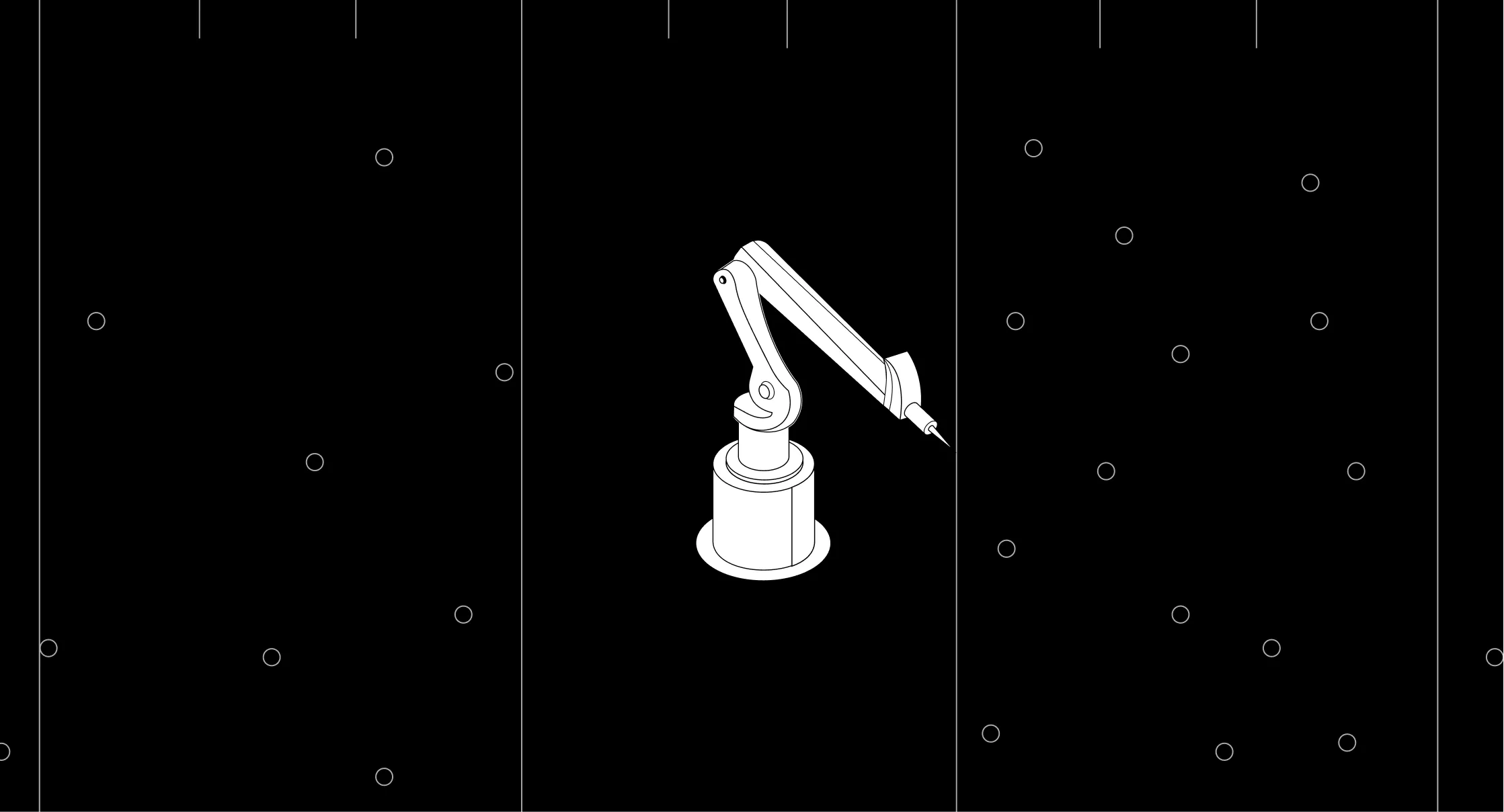This is Part 2 of our "What is Physical AI?" blog series. To gain a deeper understanding of physical AI and Newton, our foundation model for the physical world, check Part 1 of the series.
The physical world is constantly changing. Newton™, our AI foundation model is the first model designed to support physical AI and real time data streaming from sensors, so it is always up-to-date with reality. The foundation model provides real time insights, allowing you to understand and act on the dynamics of your environment as they unfold. This means insights are immediate, accurate, and relevant to the user.
This leads us to the question – how will we use physical AI in the physical world?
Using Physical AI
The purpose of physical AI is to apply the power of AI to solve real-world problems.
Imagine you're a technician at a renewable energy power plant, such as a wind farm or a solar array. Ensuring the reliability and efficiency of the equipment is crucial to maintaining a steady supply of clean energy and minimizing downtime.
How does this work today without physical AI? Maintenance is typically scheduled based on fixed intervals or after a breakdown occurs. Technicians perform routine inspections and rely on their experience to identify potential issues. This approach can be inefficient, as it may lead to unnecessary maintenance or unexpected failures.
How could it work with physical AI?
- Physical AI continuously monitors data from various sensors on the equipment, such as vibration, temperature, and electrical signals, to detect anomalies and predict potential failures before they happen.
- AI analyzes historical and real time data to identify patterns and trends that indicate impending issues, allowing technicians to schedule maintenance proactively.
- Technicians can interact with AI using natural language, asking questions about the health status of specific components, requesting maintenance recommendations, or zooming in on specific instances of sensor behaviors.
- AI can guide technicians through repair procedures using augmented reality, highlighting the specific components that require attention and providing step-by-step instructions.
- Predictive analytics help optimize maintenance schedules, balancing the need for repairs with the demand for energy production, and ensuring minimal disruption to the power supply.
By leveraging physical AI, the power plant can transition from reactive to predictive maintenance, reducing downtime, increasing efficiency, and extending the lifespan of the equipment.

Or imagine you’re in charge of site safety on a construction site.
Today, safety measures on construction sites are primarily manual and reactive. Site supervisors conduct periodic inspections to ensure compliance with safety protocols, workers are trained to recognize and avoid hazards, and incidents are often reported after they occur.
How could it work with physical AI?
- Physical AI analyzes data from cameras, wearables, and environmental sensors to detect unsafe practices, such as workers not using personal protective equipment, entering restricted areas, or engaging in actions that could lead to accidents.
- AI automatically notifies workers and supervisors of detected hazards or unsafe behavior through wearable devices, enabling quick corrective measures.
- Local AI models on wearable devices assess workers' physical condition, alerting supervisors if signs of fatigue, heat stress, or other health concerns are detected. This ensures that workers can be directed to take breaks or seek medical attention as needed.

With physical AI, you can get the smart house where your home can sense you are cold and turn the heating on. Or an actual smart car that anticipates a driver's intent and dynamically adapts to their needs, reducing distractions, and improving safety and the driving experience. Or you could turn an entire city into a truly smart city that knows of impending flooding, snow or earthquakes, and take necessary precautions.
Anything in the physical world can be augmented by improving the use of sensor data, building physical AI models, and using natural language to help humans better understand and interact with the models.
Empowering the Physical World With AI
At Archetype, we want to use AI to solve real world problems by empowering organizations to build for their own use cases. We aren’t building verticalized solutions –instead, we want to give engineers, developers, and companies the AI tools and platform they need to create their own solutions in the physical world.
Archetype AI's foundation model enables open-ended inquiry for informed decision-making so you can ask questions about the world around you without constraints. Physical AI will allow you to unlock the hidden patterns of behavior in the world, bringing to light insights that were previously invisible.
Want to learn more about various physical AI use cases? Listen to the episode of the ‘This Week in Startups’ podcast where Ivan Poupyrev discusses different applications of Archetype technology.
If this is the future you want to be a part of, sign up for early access so you and your team can solve the world’s most important challenges by gaining a deeper understanding of the complex physical behaviors around you.





